Censorship is a story old as time and one that will surely continue to outlive all of us. It is a shame, but it’s one of the many inevitable parts of our world’s culture. That being said, there have been thousands and thousands of stories in film, politics, and law concerning censorship. One other line of work to include in that list is, of course, music. And this particular story pertains to R.E.M.‘s music video for their hit song, “Losing My Religion”.
Videos by American Songwriter
R.E.M. is one of the most iconic bands of the 80s and 90s, given that they did not fall into the boy band and pop music fads of the decade. They were unique, subversive, indie, and appealed to music fans who disliked groups such as Duran Duran and The Cure. The songs that helped R.E.M. score such individualistic success include “Everybody Hurts”, “The One I Love”, “Shiny Happy People”, and the controversial Top 5 hit single, “Losing My Religion”.
Needless to say, the single garnered a lot of attention, and so did the music video for it. However, the attention brought on by the music video wasn’t necessarily positive. Certain Christian religions detested the video for its sacrilegious imagery. As a matter of fact, the Irish government actually banned the video from the entry country for this reason.
Why the Irish Government Banned R.E.M.’s Disruptive Video
R.E.M.’s music video is clearly controversial, but that was seemingly their intention. While the lyrics of the song do not articulate a loss of faith, the music video arguably does. This is primarily due to the fact that R.E.M. depicts several contrasting religions simultaneously. They feature religious figures such a Saint Sebastian, Thomas’s Incredulity, and several Hindu deities. Furthermore, one of the more controversial aspects is the featuring of homosexual angles, and this is where the Irish government (possibly) took the most offense.
While the depiction of homosexual angels has never been confirmed, the masses interpreted the scene as such. Aside from that interpretation, the Irish government viewed the entire video as sacrilegious. Consequently, the Irish government and its strong Catholic values banned the video from Irish television.
The song itself was not banned from the Irish airwaves, and despite this ban, the single still became a monster hit worldwide. Following the song’s 1991 release, the single peaked at no. 4 on the Billboard Hot 100 and reached the Top 20 in the UK, Canada, and Australia.
Photo by Paul Natkin/Getty Images

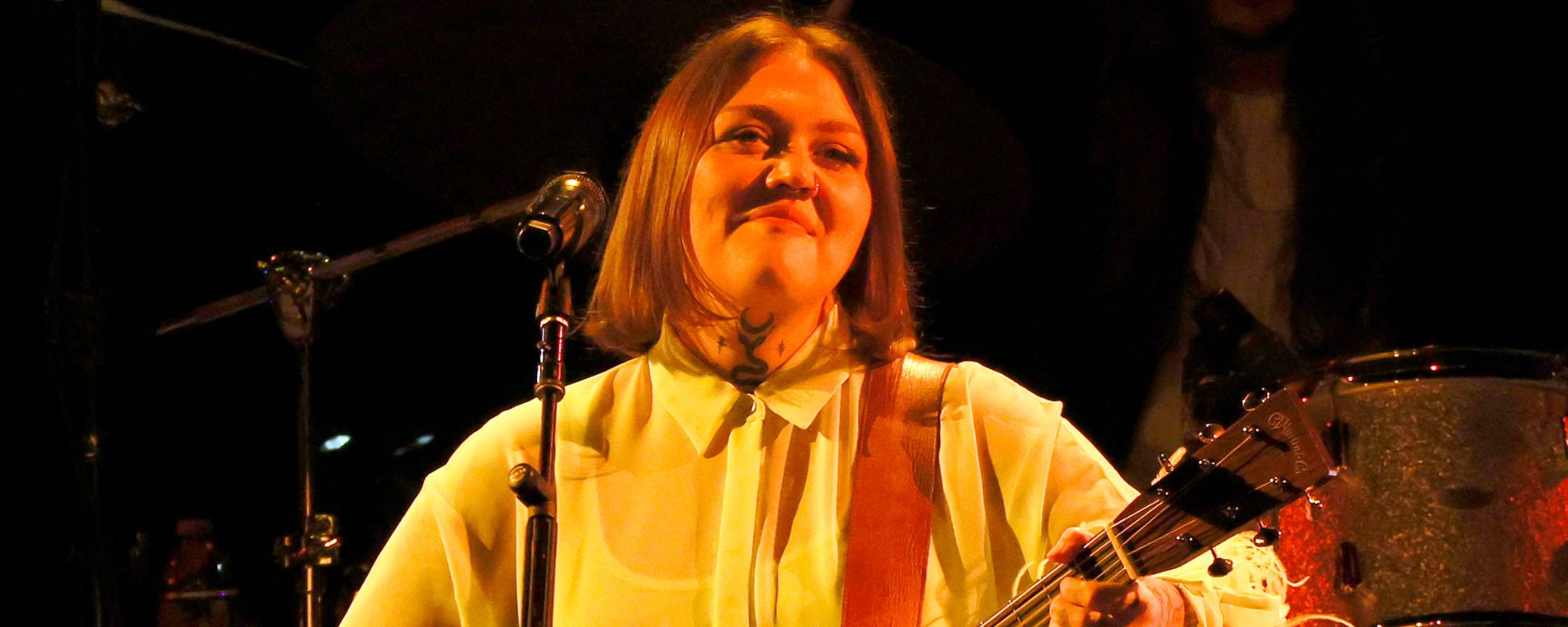
![Paul McCartney Reflects on “Wonderful Christmastime” in New Video Profile: “I Was Trying to Capture That [Holiday] Party Aspect”](https://americansongwriter.com/wp-content/uploads/2025/12/Getty_PaulMcCartney2000_121825.jpg)
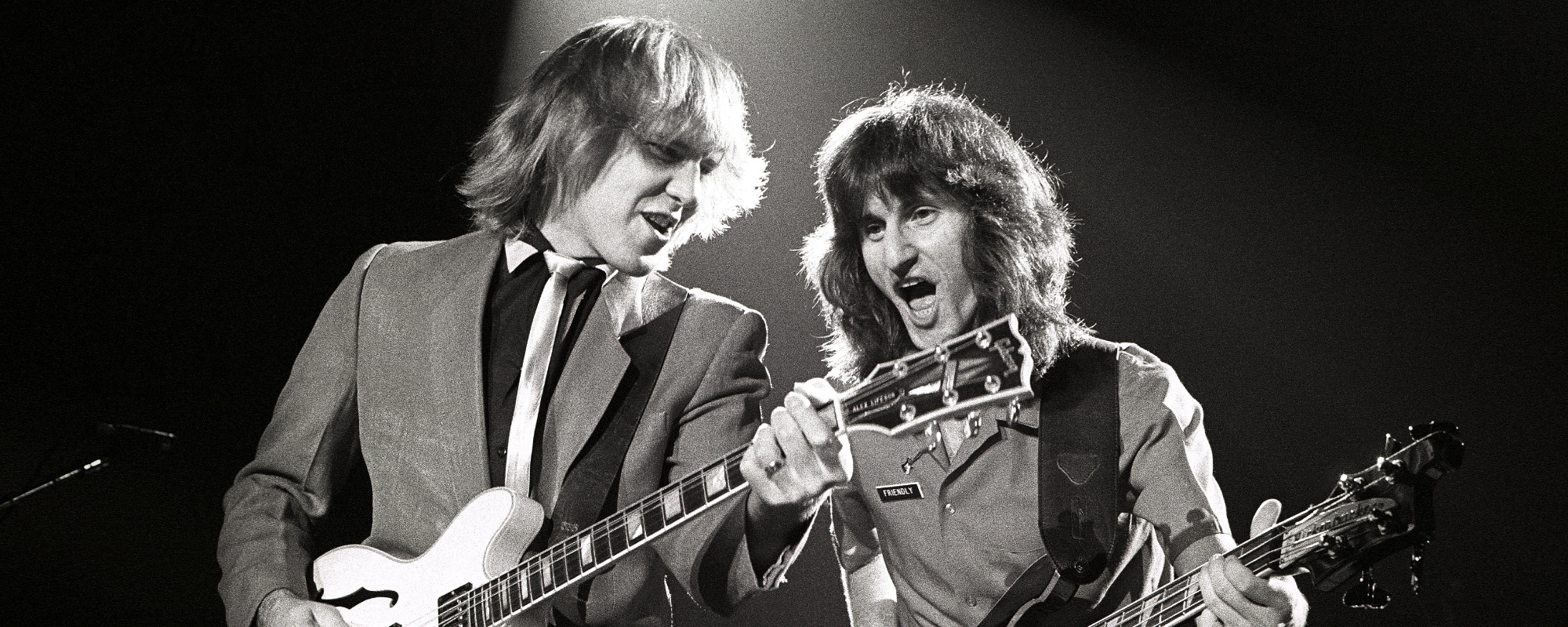

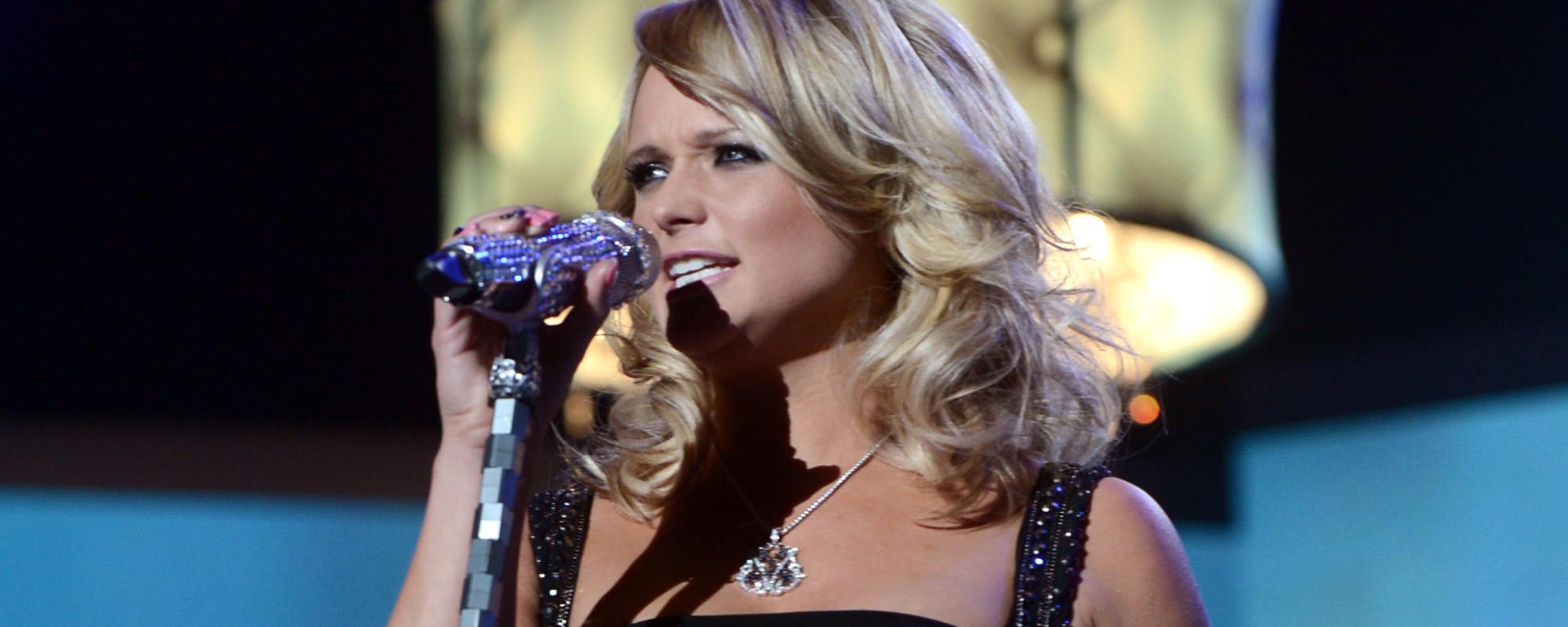
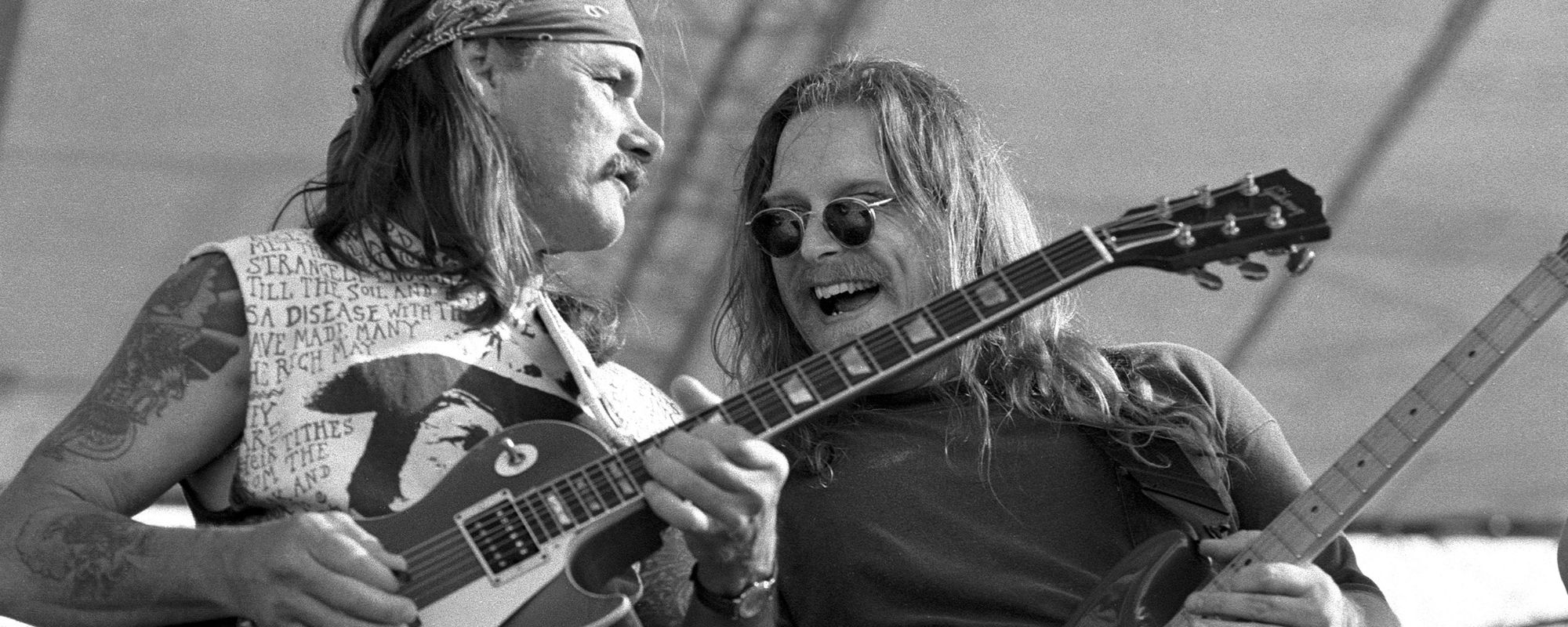
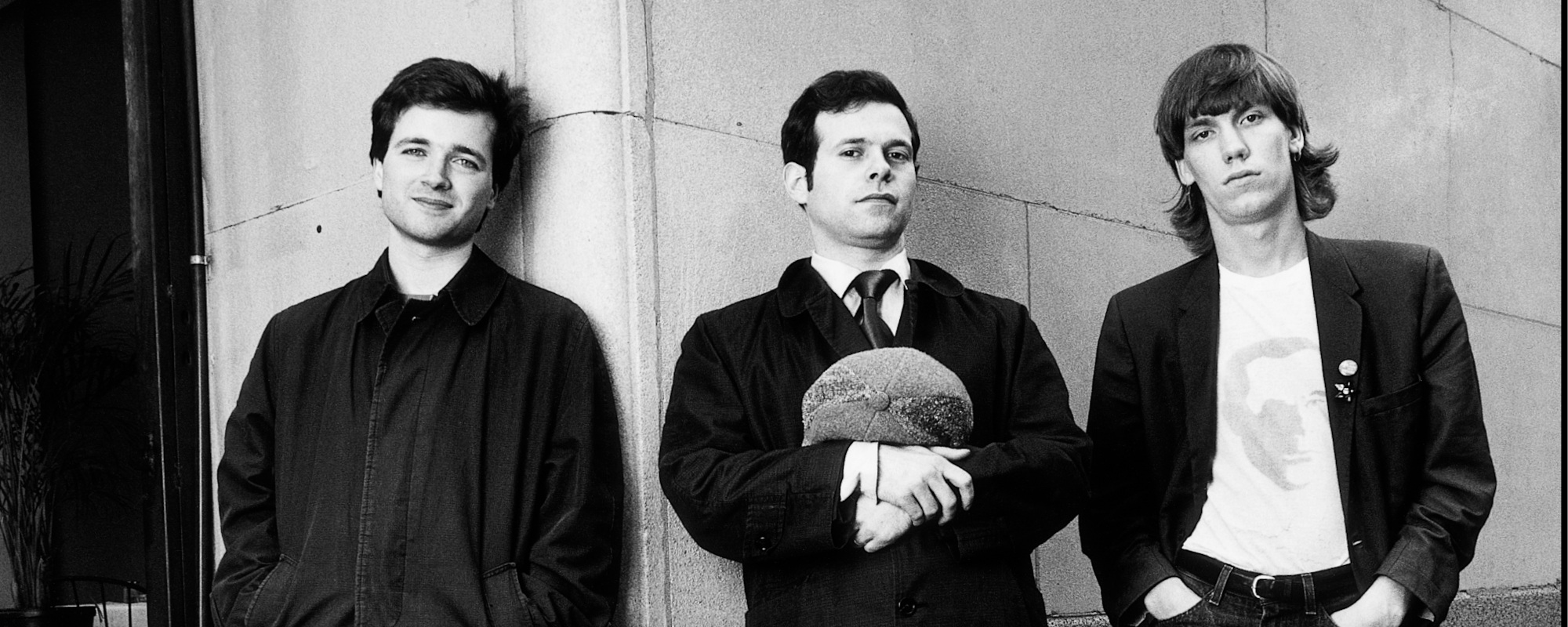

Leave a Reply
Only members can comment. Become a member. Already a member? Log in.